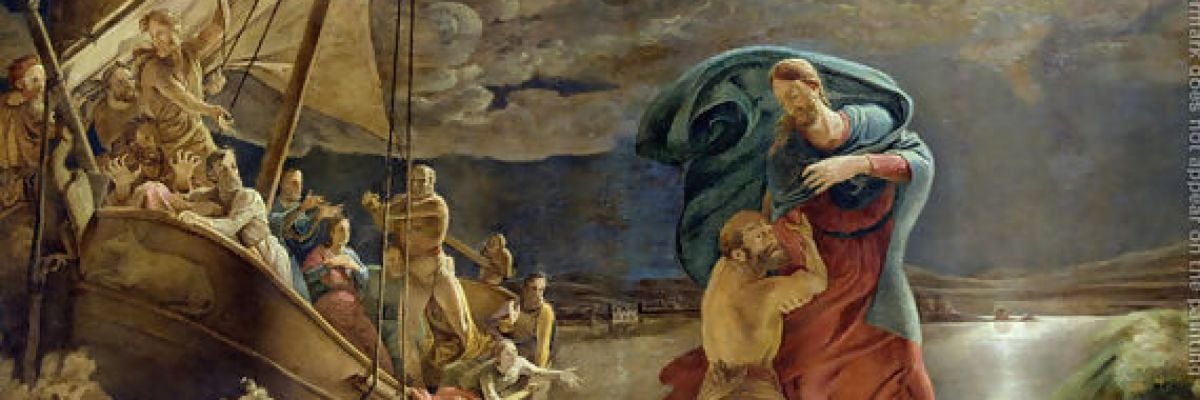
Question:
Answer:
In order to discover the sacred authors’ intention, the reader must take into account the conditions of their time and culture, the literary genres in use at that time, and the modes of feeling, speaking, and narrating then current. “For the fact is that truth is differently presented and expressed in the various types of historical writing, in prophetical and poetical texts, and in other forms of literary expression” (CCC 110).
We should presume all biblical miracles are actual events unless there is overwhelming evidence the sacred author intended otherwise.
The recounting of this incident is found in three of the four Gospels (Matthew 14, Mark 6, and John 6). While each account has slightly different details, the essential story is the same: Jesus walked on water, the disciples were afraid, and Jesus calmed the disciples and the storm.
The fact that the essentials are present in all three accounts tells us that there existed a common tradition handed down to the three authors. Though each author uses the story to emphasize his own theological point, it is clear they are using an independent, well-known event; otherwise, their stories would differ much more widely.
The accounts also all relate that the disciples were not sure what they were seeing, and Jesus had to reassure them that it was truly he who was walking on the water. A mere metaphorical story likely would not have included such a detail.
There does not appear any evidence that any of the authors of the Gospels came up with the story on his own, nor does it appear that they had any other intention than to recount an incident from the life of Jesus and explain its meaning. Of course, Jesus’ walking on water was done for a symbolic purpose, but that is true of practically everything Jesus did during his public ministry.



